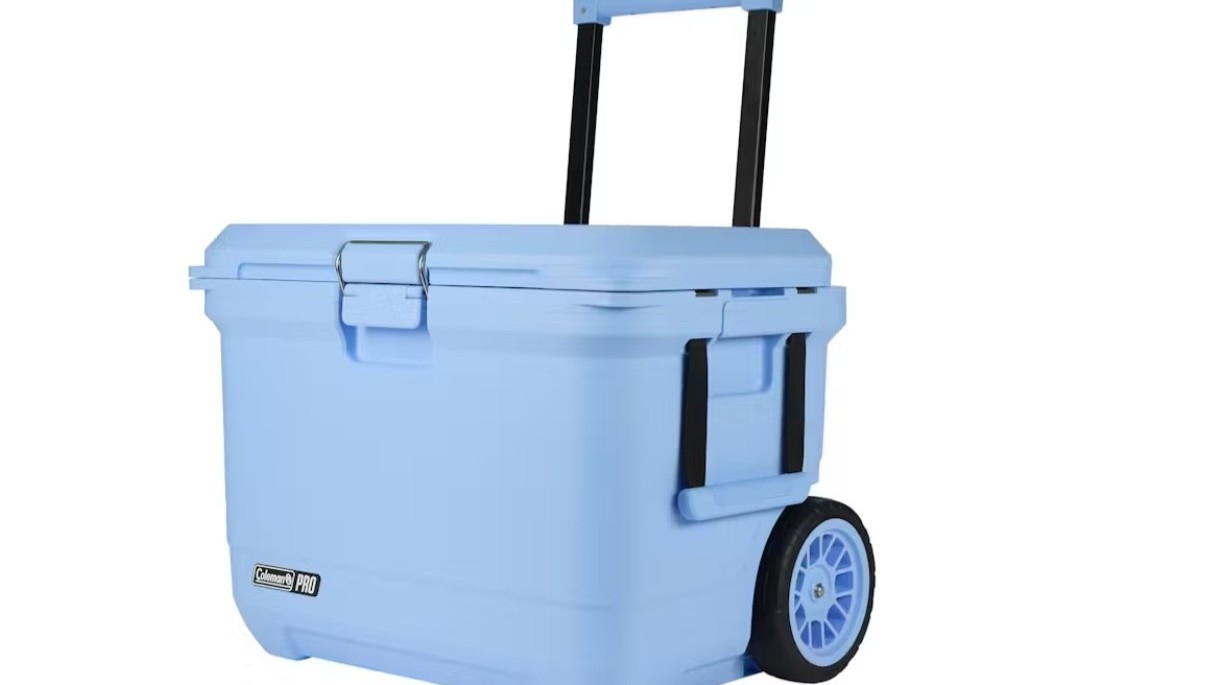How to go trail running in National Parks
With our quick guide on how to go trail running in National Parks, you can enjoy some of the most memorable runs of your career
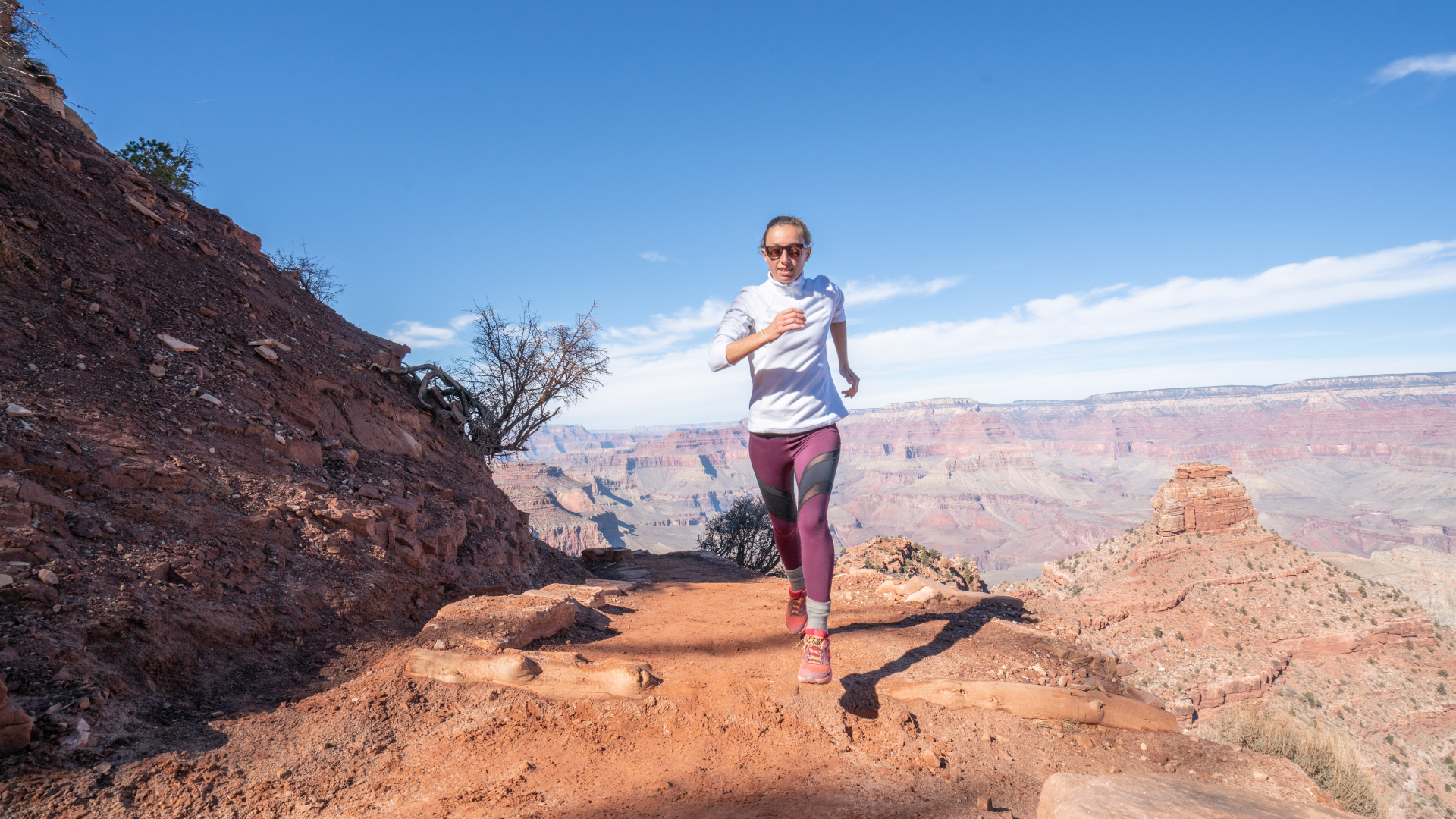
With some of the most diverse and breathtaking scenery on the planet and a combined total of over 21,000 miles of well-maintained trails, it was only a matter of time before trail runners wanted to pick up the pace a little in America’s National Parks. Trail running in a US National Park allows you to enjoy your favorite activity in an outstandingly beautiful setting, whether it’s bounding over the slickrock trails of Canyonlands, dodging the hulking trees of Redwood or tackling the Atlantic rocky headlands of Acadia. We can hardly think of better places in which to get the best out of your trail running shoes, but running in National Parks is a different kettle of fish from hitting the BLM land or National Forest nearer to home. National Parks, after all, can come with permits, fees and lots and lots of other people. However, with our quick guide on how to go trail running in National Parks, you can still enjoy some of the most memorable runs of your career.
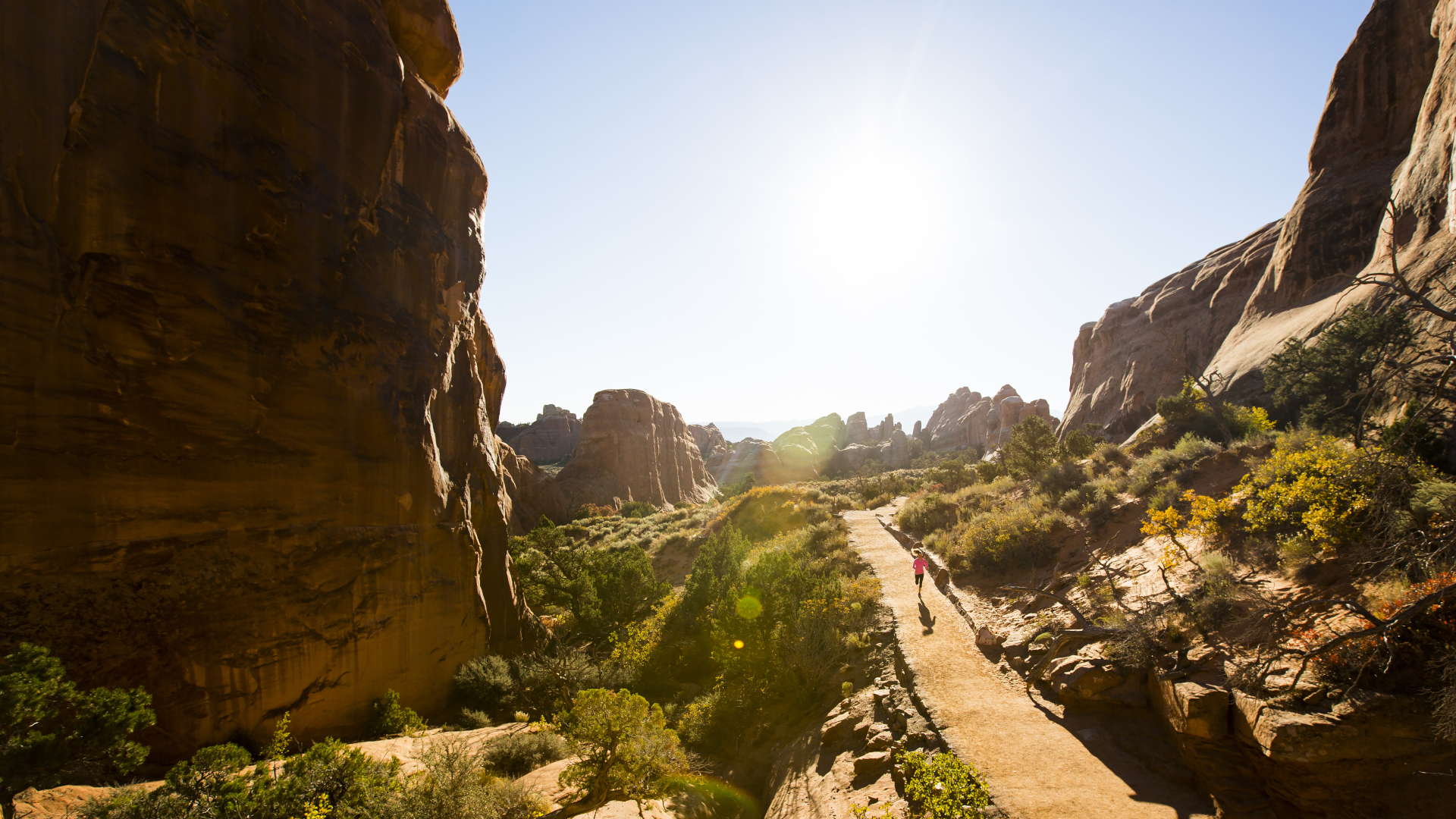
1. Pay the entrance fee
In all but the 10 free National Parks, you’ll usually have to pay an entrance fee to access the park, and yes that goes for those of you staying nearby who just want to jog in on foot. Entrance fees are incredibly affordable, all things considered, at usually around $35 per vehicle for an entire week and about $20 per week for those entering on foot or two wheels. That said, $35 might sound a bit steep to go for a run, so if you’re paying the fee, consider entering the park several times that week to make it worthwhile (but honestly, they’re so jaw-dropping, you won’t regret it if you only go once). And if you’re entering on foot, make sure to tuck your credit card or some cash into the pocket of your running jacket.
If you’re living or staying near a National Park for an extended period, consider investing in the America the Beautiful annual pass for $80 and go as much as you like.
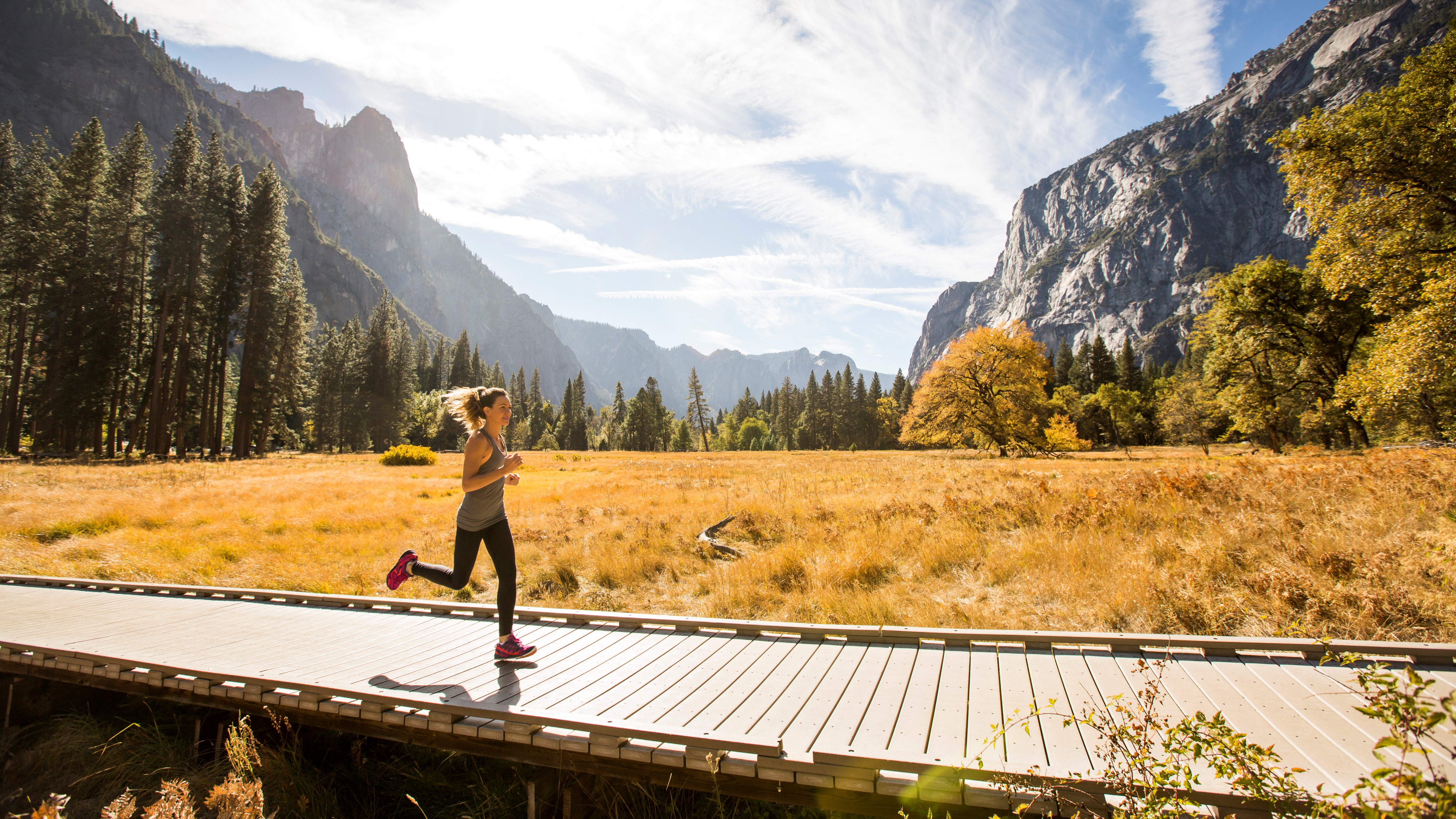
2. Practice patience
It’s true that you can beat the hoards of hikers with our hacks to avoid the crowds at National Parks, and you can stick to the least visited National Parks, but in general, you should expect a lot more people on most National Park trails than you’ll find on just about any other trail. And no, you don’t have the right of way because you’re going faster than that family of five, sorry. Practice good trail running etiquette – let people know when you’re coming up behind them and slow down, giving them time to move out of your way. Be patient and willing to go slow or even hike certain sections when it’s busy. You’re still in one of the most gorgeous places on earth, remember, so relax and soak up the views.
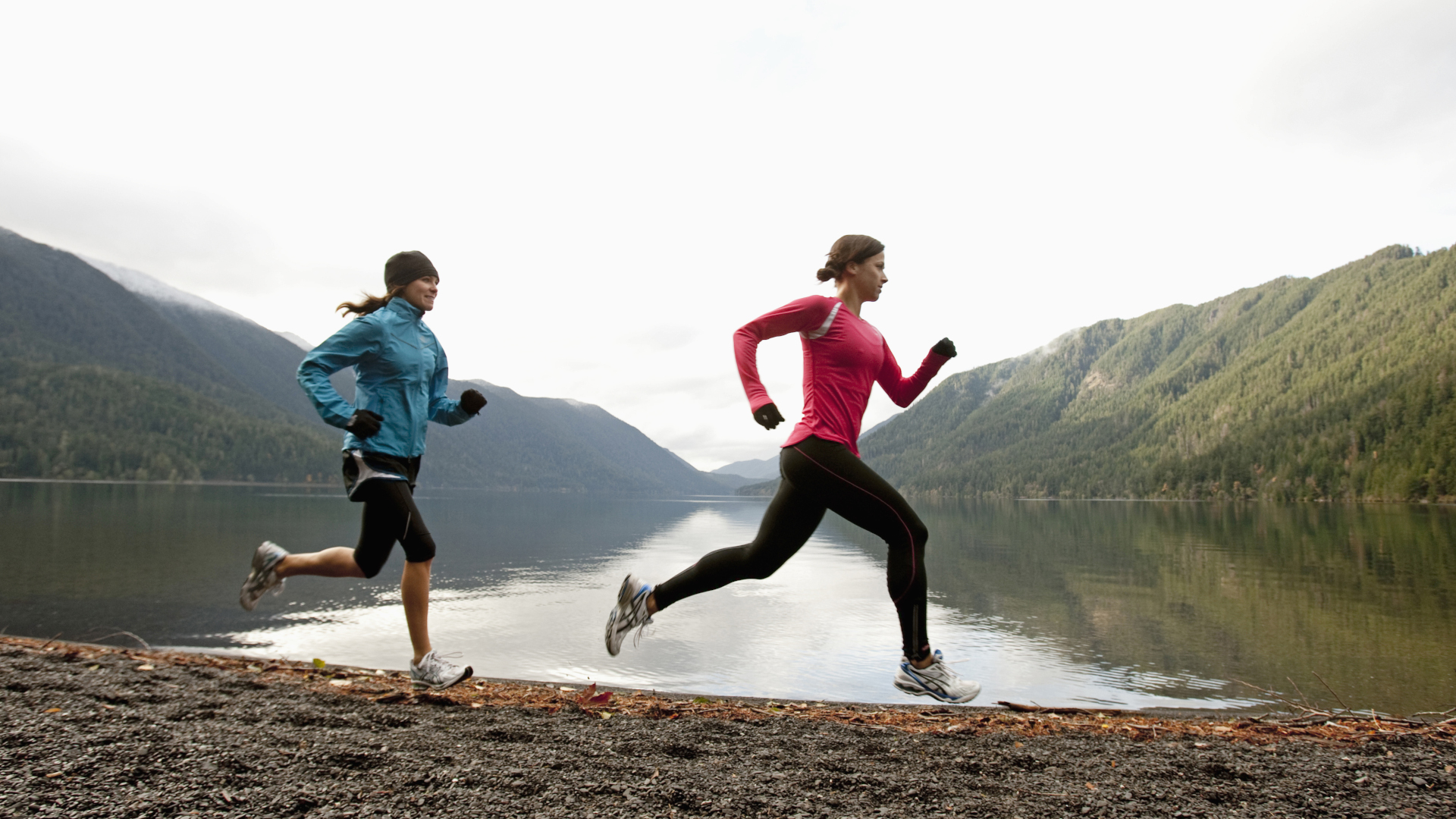
3. Choose the right trail
Every National Park has trails that are more popular than others, and for good reason. In Yosemite, everyone wants to stand in the spray of Vernal Falls and in Arches, no one in their right mind would miss out on Delicate Arch. If you, too, want to enjoy these trails, your run might look a lot more like a hike (see the next tip for help with this), so consider exploring less popular trails for running instead.
In our guide to the best National Parks for trail running, we suggest some of the best trails in each park, and of course park rangers everywhere are immensely knowledgeable and love talking to you about the park they represent, so chat with them at the entrance gates to find out which trails are quieter that suit your needs in terms of length and steepness.
Another tip: it’s generally true that for longer trails in National Parks, the first mile or two will be busiest (Yosemite Falls is a great example of this) and the crowds really thin out the further you go. If you’ve got the day, hike the first couple of miles to warm up, then start your run when there’s less foot traffic.
Advnture Newsletter
All the latest inspiration, tips and guides to help you plan your next Advnture!
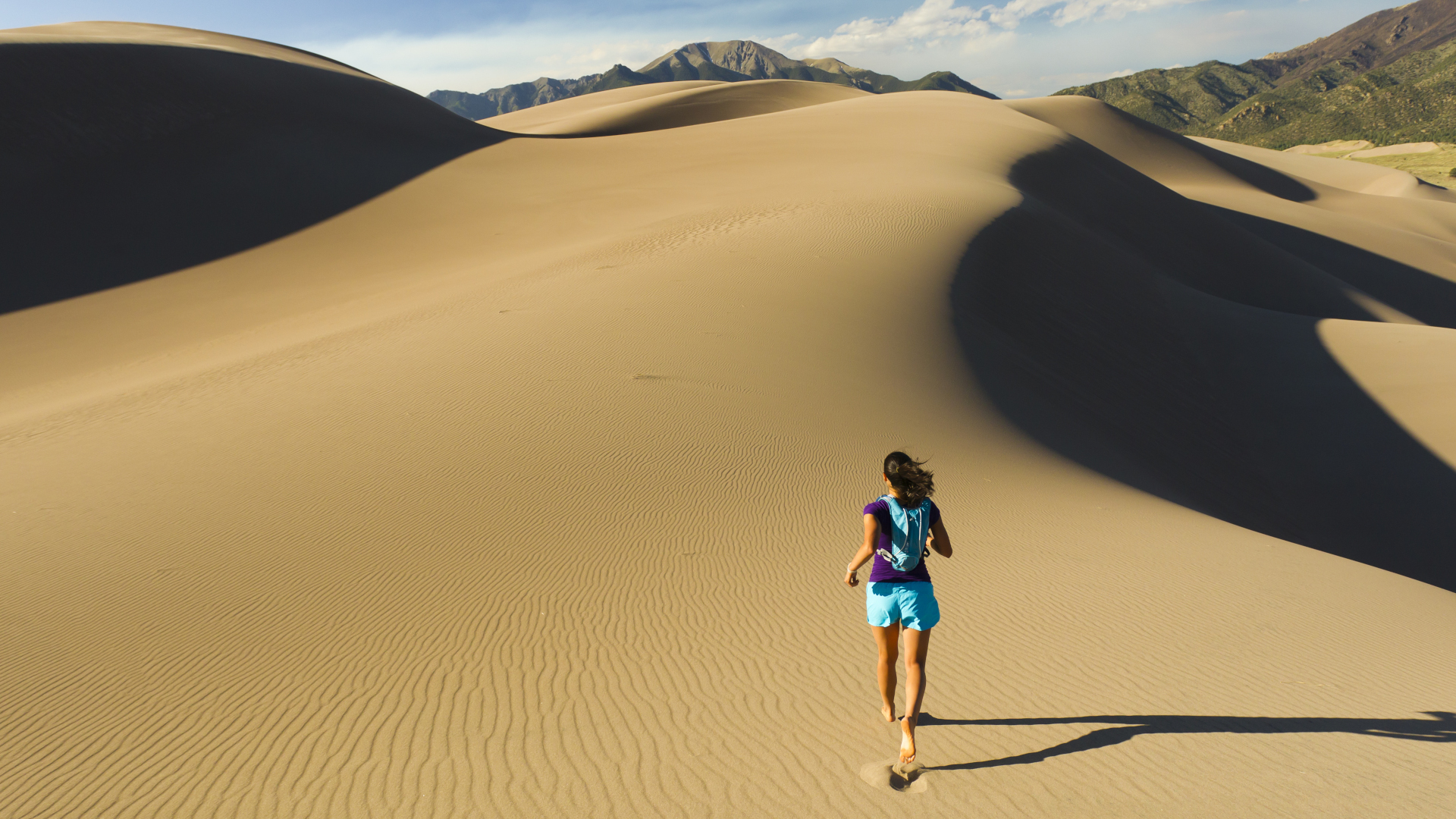
4. Run early or late
Regardless of which trail you choose, if you want to move at a fast pace on a narrow trail, the best thing you can do to maintain your pace and not annoy hikers is to get out there bright and early, or wait until later in the day. Most National Parks are open 24 hours, but peak congestion is from about 9 a.m. until 2 p.m. Grab your best running headlamp and hit the trail at dawn (if you don’t mind meeting uphillers on your way back) or dusk when the hoards have headed back.
Of course, you’ll want to read our guide to running safely at night if you’re not used to running in the dark, and be aware that these times of day may be peak for munching mosquitoes (so wear insect repellent with DEET) and other wildlife such as mountain lions, bears and bats. None of that is to deter you from going, but you should understand and practice wildlife safety. Again, chat to the rangers to make sure you know what you’re dealing with before you set off.
- Best trail running shoes: tested and rated for comfort and grip
Julia Clarke is a staff writer for Advnture.com and the author of the book Restorative Yoga for Beginners. She loves to explore mountains on foot, bike, skis and belay and then recover on the the yoga mat. Julia graduated with a degree in journalism in 2004 and spent eight years working as a radio presenter in Kansas City, Vermont, Boston and New York City before discovering the joys of the Rocky Mountains. She then detoured west to Colorado and enjoyed 11 years teaching yoga in Vail before returning to her hometown of Glasgow, Scotland in 2020 to focus on family and writing.

